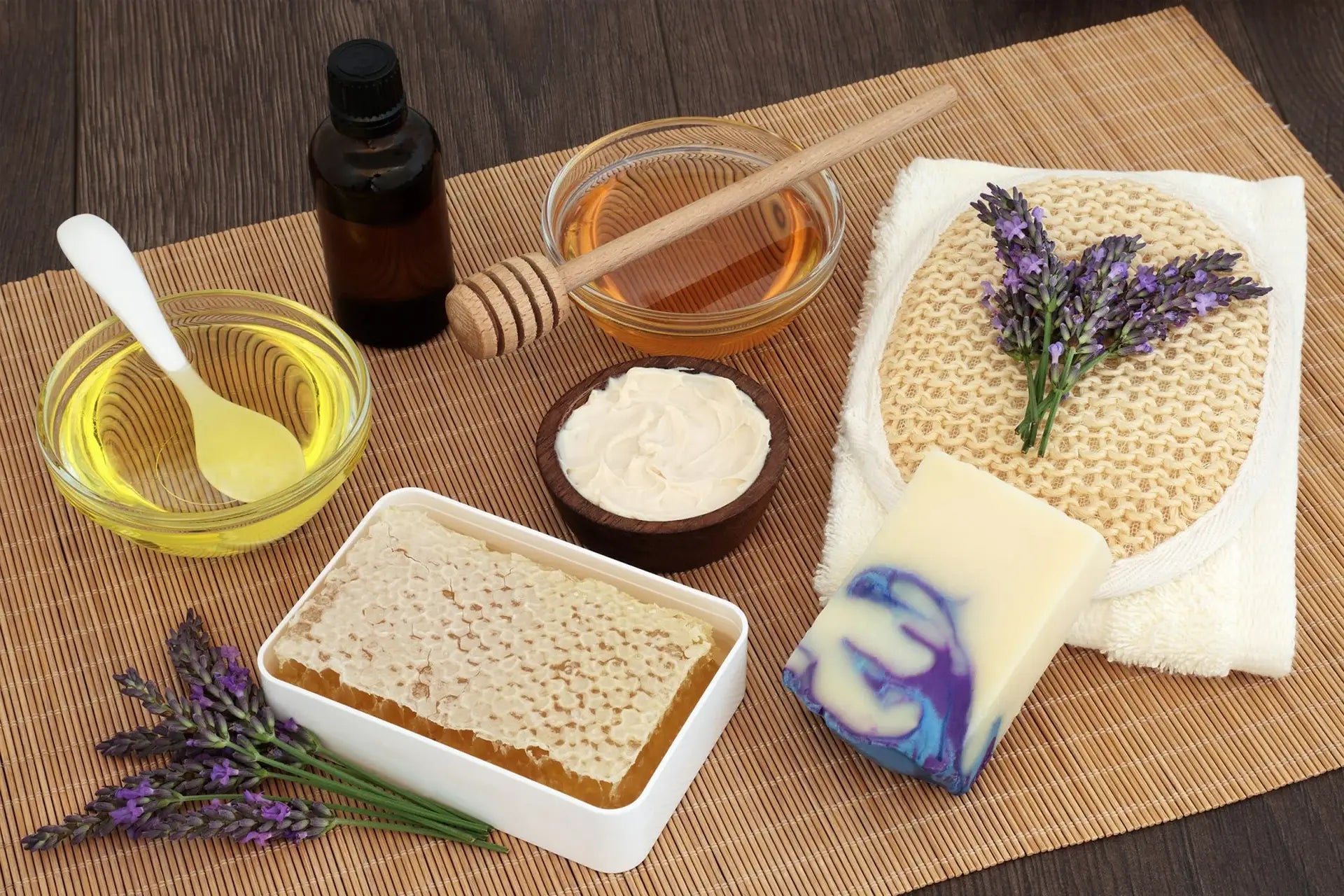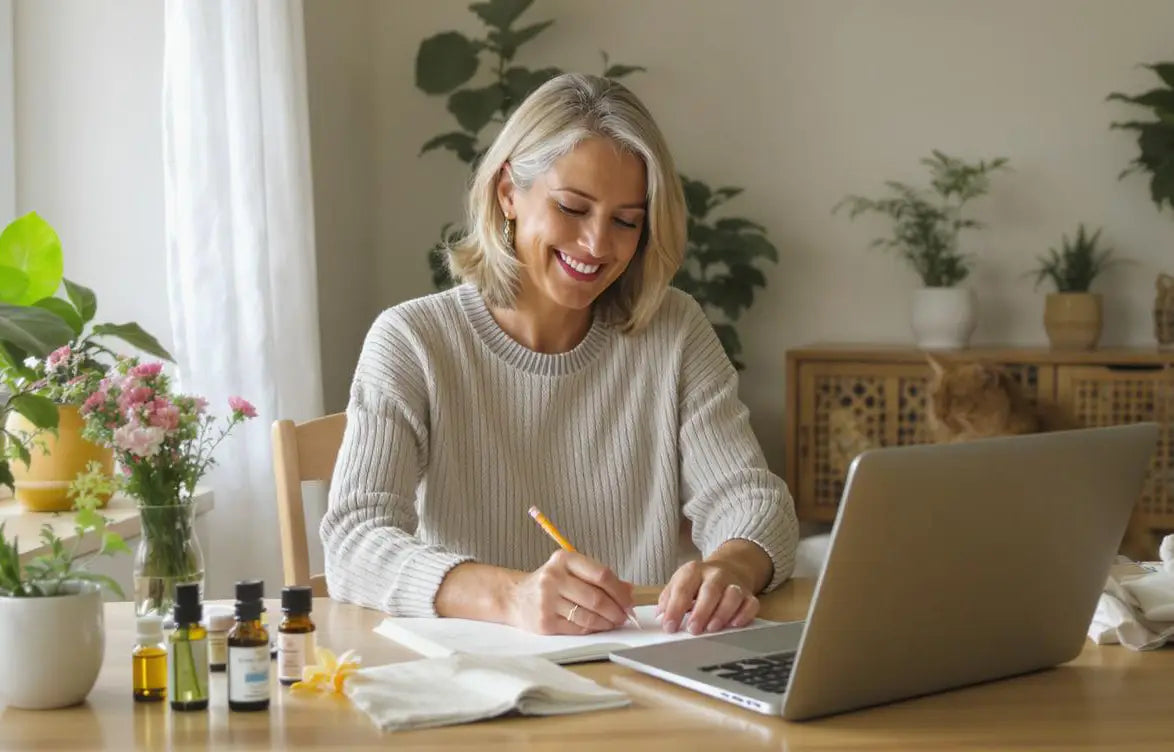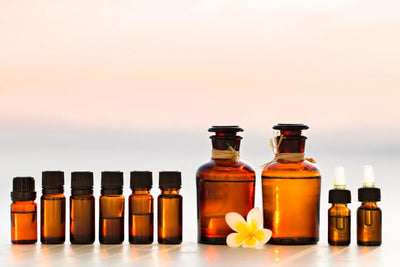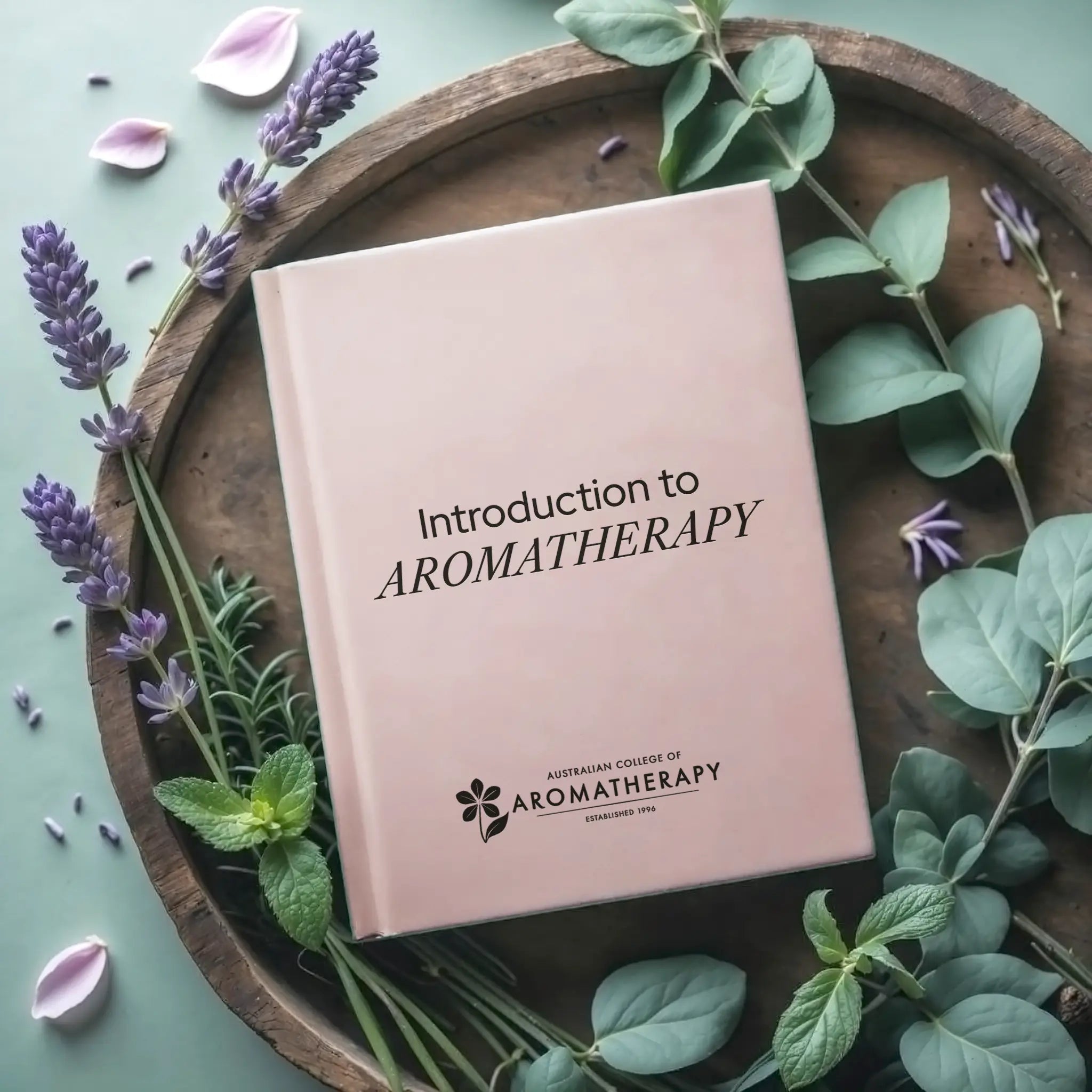What are the different ways to use essential oils at home?
There are many applications of aromatherapy in the home - a few examples including...
- In an oil burner, candle burner, electric vapouriser or simply a few drops on a ceramic dish with a little warm or hot water
- On a ceramic electric light bulb ring
- A few drops on a tissue near the pillow to help with sleeping, being careful to not get any into the eyes.
- Dilute into a massage oil
- Add 3 to 6 drops into a cup of milk and swirl into a warm bath
- In a foot bath
- In cosmetic and cleaning products
- In candle wax
- In a compress
- Steam inhalation for clearing a head cold or congestion in the nose. Place your head over a bowl of hot water and cover your head with a towel in order to keep the steam in.
- Mouth gargles and washes
- Neat on to a wound with either Tea Tree or Lavender
Aromas can make our environment smell inviting, whether that be refreshing on a hot summer day with a citrus scent or cosy and warm with cloves, orange and berries, all to directly improve the air quality of our indoor environment. Some essential oils can clean and purify the air we breathe and even kill airbourne bacteria.
Our advice is to avoid fragrant oils, for they have no therapeutic value and they are full of synthetic, artificial and often toxic substances that can make you ill with nausea and headaches.
What are the different ways to use essential oils therapeutically?
There are many different ways an Aromatherapist, Clinical Aromatherapist or an Aromatic Medicine Practitioner will use essential oils and specific training is undertaken to learn these ways.
Can I make my own aromatherapy essential oils?
This would be a big undertaking as you need a huge amount of plant material and a huge boiler of some sort for the steam distillation process, which is the extraction method for most essential oils. The next step is to condense out the aromatic vapours that emerge. Condensing requires access to plenty of cold water and lots of metal or glass tubing.
An easier method of extraction used for citrus oils is to basically squeeze the skin or peel the oil bursts out. Solvent extraction is done by using solvents. Then later the oils and solvents are separated. The crop, harvest, distillation and packaging methods must adhere to the highest standards in order to produce effective therapeutic essential oils. The risk of doing otherwise is to possibly destroy the therapeutic components or lessen the healing potential of the essential oil.
How can I learn more about aromatherapy and essential oils?
Lots of free information is available on this site, as well as some fantastic books, dvds and more for purchase in our shop. Or why not take a course with us? The options are many!






